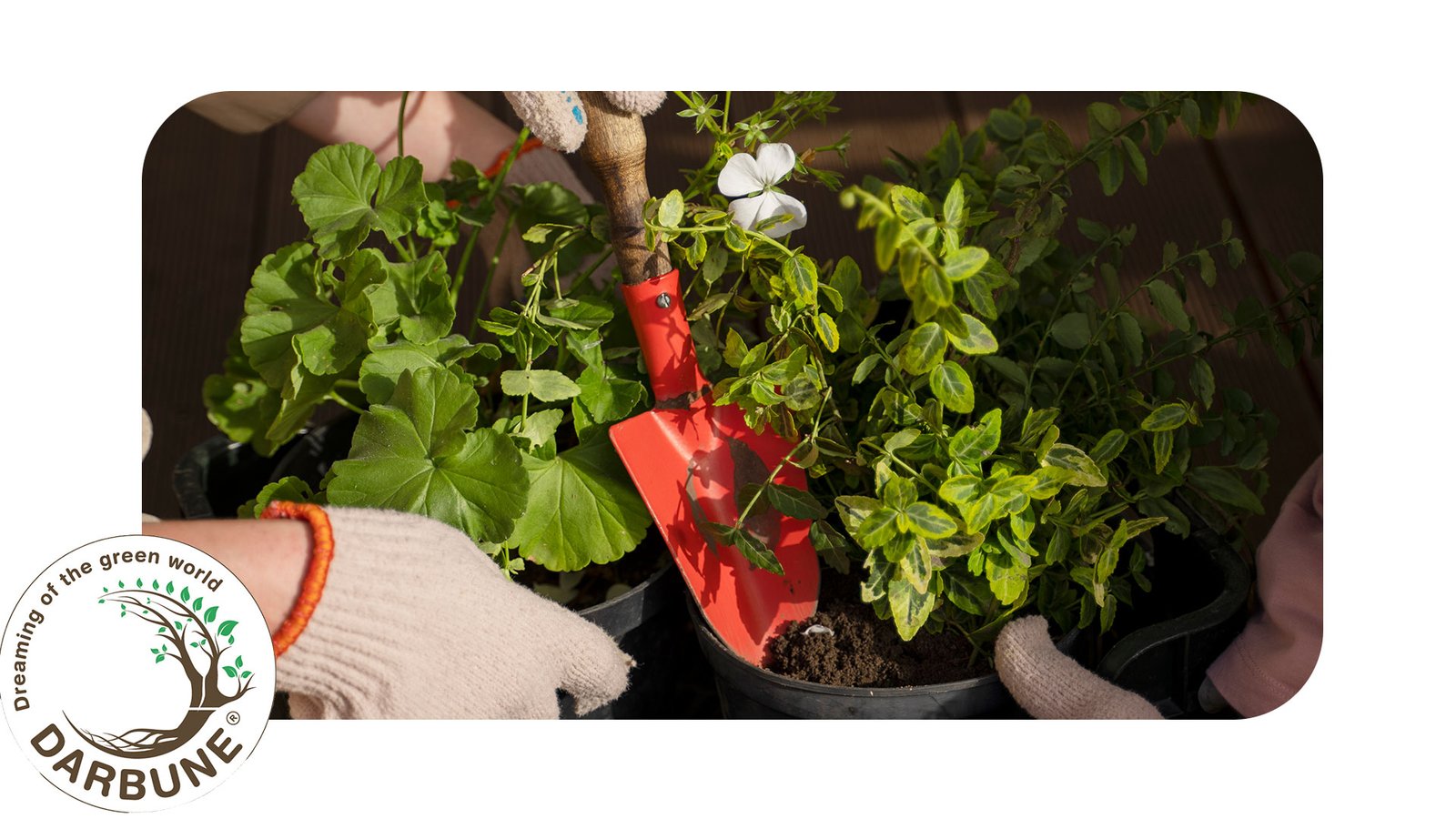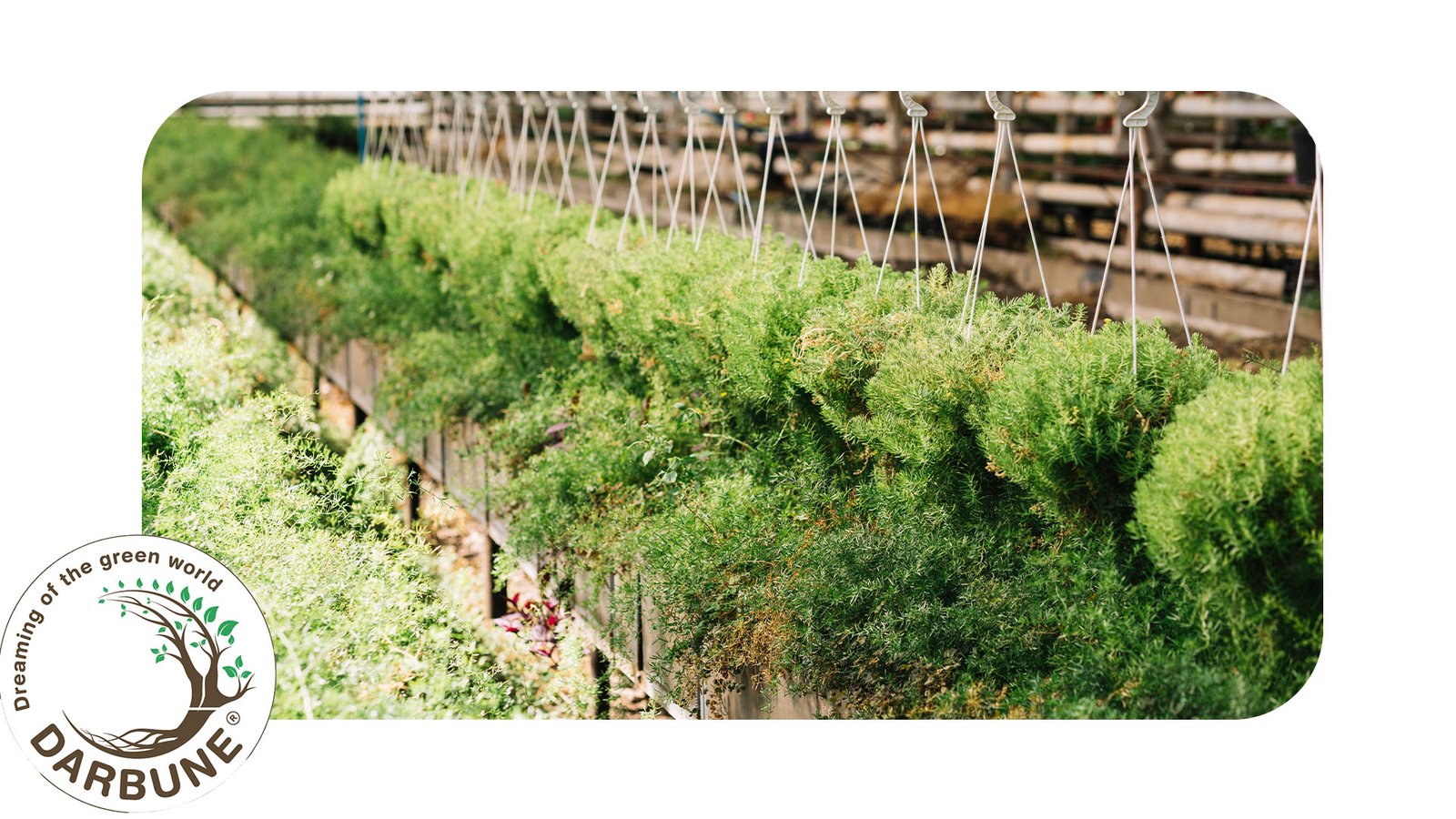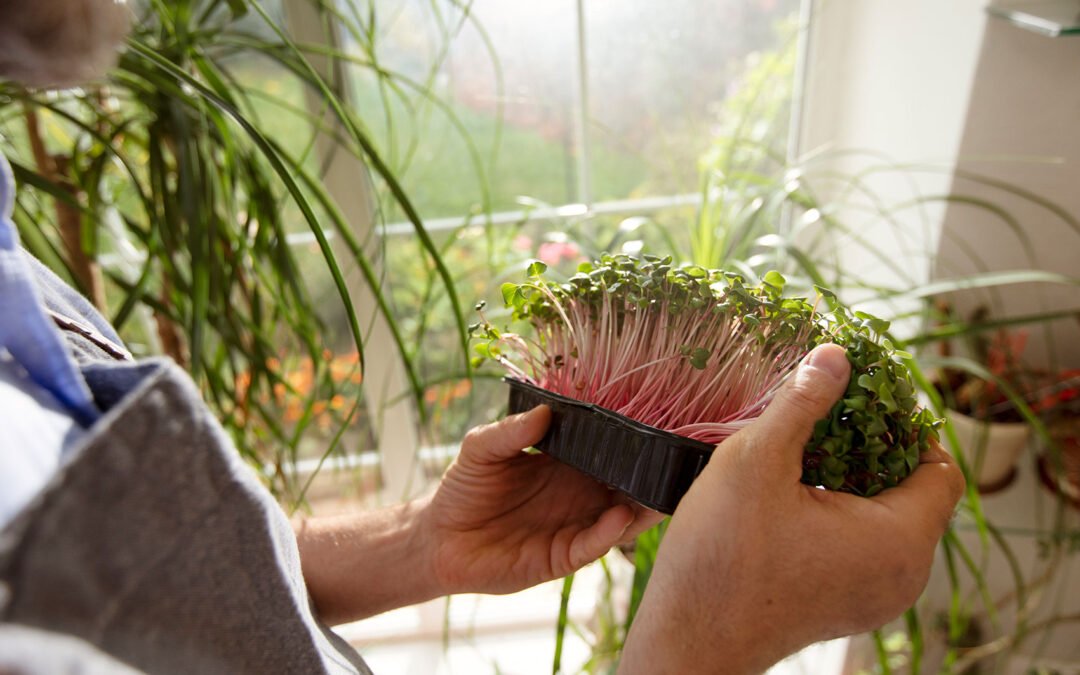Are you interested in growing fresh, organic vegetables at home but worried about space and costs? Hydroponic farming offers an efficient and budget-friendly solution for growing plants without soil. With minimal investment, you can set up a small hydroponic farm at home and enjoy year-round access to fresh produce.
In this guide, we will walk you through the process of starting a hydroponic farm on a budget. Whether you live in an apartment or have a small backyard, this step-by-step guide will help you create a sustainable indoor farming system with low startup costs.

What is Hydroponic Farming?
Hydroponic farming is a method of growing plants using water enriched with essential nutrients instead of soil. This technique maximizes space utilization, conserves water, and accelerates plant growth. It is an excellent option for urban farmers and gardening enthusiasts looking to grow organic vegetables in an urban environment.
Benefits of Hydroponic Farming
- Cost-effective: Requires less water, fertilizer, and space.
- Faster growth: Plants grow 30-50% faster than soil-based cultivation.
- Space-saving: Ideal for small apartments and urban homes.
- Pest-free: Reduced risk of soil-borne diseases and pests.
- Water-efficient: Uses up to 90% less water compared to traditional farming.
Choosing the Right Hydroponic System for a Budget-Friendly Setup
There are different types of indoor farming methods suitable for small-scale hydroponics. Choosing the right system depends on your space, budget, and plant preferences.
1. Deep Water Culture (DWC)
- One of the simplest and most affordable hydroponic systems.
- Requires a container, air pump, and nutrient solution.
- Ideal for leafy greens like lettuce and spinach.
2. Kratky Method (Passive Hydroponics)
- A non-electric, low-maintenance system.
- Plants grow in a water reservoir with nutrients, and roots gradually absorb the solution.
- Best for beginners with limited space and budget.
3. Wick System
- Uses wicks to deliver nutrients to the plant roots.
- No electricity required, making it an energy-efficient choice.
- Great for small plants like herbs and microgreens.
4. Nutrient Film Technique (NFT)
- A thin layer of nutrient solution continuously flows over plant roots.
- More advanced but highly efficient for small-scale home farming.
- Suitable for herbs, lettuce, and strawberries.
Essential Equipment for a Low-Cost Hydroponic Farm

You don’t need expensive equipment to start hydroponic farming at home. Here’s a list of budget-friendly materials you can use:
- Containers or plastic bins: Repurpose household items as growing trays.
- Nutrient solution: Purchase pre-mixed hydroponic nutrients or make your own.
- Growing medium: Affordable options include coconut coir, perlite, or sponge.
- Air pump (for DWC systems): Helps oxygenate water for healthy root growth.
- LED grow lights: Energy-efficient lighting for indoor hydroponics.
- pH meter and testing kit: Ensures optimal nutrient absorption.
Step-by-Step Guide to Setting Up Your Home Hydroponic Farm
Step 1: Select the Right Location
- Choose a spot with access to sunlight or install LED grow lights.
- Ensure proper ventilation and temperature control.
Step 2: Pick Your Plants
- Best plants for small hydroponic setups include:
- Lettuce
- Basil
- Spinach
- Mint
- Strawberries
- Cherry tomatoes
Step 3: Assemble Your Hydroponic System
- Set up containers and arrange net pots for plant placement.
- Fill reservoirs with water and add nutrient solution.
- Install an air pump if required for oxygenation.
Step 4: Monitor and Maintain
- Regularly check pH levels (keep between 5.5 and 6.5).
- Replenish water and nutrients as needed.
- Watch for signs of deficiencies or root rot.
Growing Organic Vegetables in an Urban Setting

Hydroponics allows you to grow organic vegetables in an urban environment without the need for large land areas. Whether you have a balcony, rooftop, or indoor space, you can enjoy pesticide-free produce right from your home.
Using AI in Hydroponic Farming
Technology is revolutionizing home hydroponics. Using AI in hydroponic farming helps automate nutrient monitoring, light adjustments, and disease detection. AI-powered sensors can optimize growth conditions, making home hydroponic farming even more efficient and hassle-free.
Common Challenges and How to Overcome Them
1. High Initial Costs
- Use DIY setups and repurpose household items to cut costs.
- Start with a simple Kratky or wick system.
2. pH Imbalances
- Test water weekly and adjust with pH up/down solutions.
3. Algae Growth
- Keep reservoirs covered to block sunlight exposure.
4. Nutrient Deficiencies
- Use a balanced hydroponic fertilizer and adjust based on plant needs.
Conclusion
Starting a small hydroponic farm at home with minimal investment is easier than you think. By selecting a budget-friendly system, using cost-effective materials, and maintaining proper nutrient balance, you can successfully grow fresh, organic produce all year round. Sustainable cafe farming is not just an environmentally friendly option; it’s also a great way to reduce grocery expenses and ensure a steady supply of healthy food.
Frequently Asked Questions (FAQ)
1. What is the cheapest hydroponic system for beginners?
The Kratky method and wick system are the most affordable and beginner-friendly.
2. Can I use regular fertilizer for hydroponics?
No, hydroponic plants require specialized water-soluble nutrients for proper growth.
3. How much does it cost to start a small hydroponic farm at home?
A basic DIY setup can cost as little as $30-$50, depending on the system and materials used.
4. Do I need grow lights for indoor hydroponic farming?
If your space lacks sufficient natural light, LED grow lights are recommended for optimal plant growth.
5. Is hydroponic farming sustainable?
Yes! Sustainable indoor farming uses less water, reduces pesticide use, and enables urban farming, making it an environmentally friendly option.
By following this guide, you can successfully launch your hydroponic farm at home with minimal investment. Happy growing!

